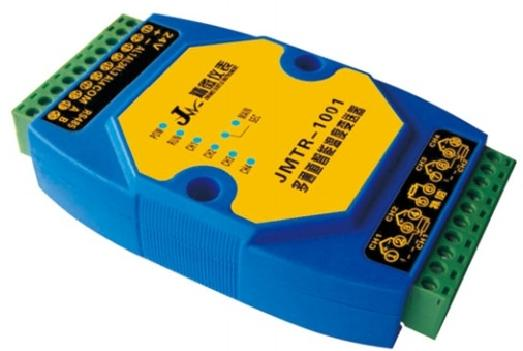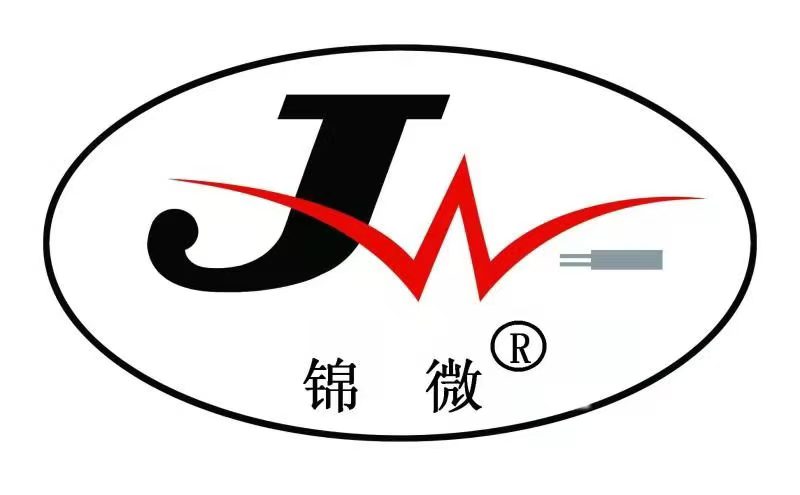Input type: 2/4-wire PT100 or tungsten-rhenium/B/S/N/K/J/T/E thermocouple
Number of input channels: 4 thermocouples, 2 PT100
Output mode: RS485
Data update rate: 0.5 seconds - thermocouple, 2/4-wire PT1000.9 seconds - 3-wire PT100
Thermocouple cold end compensation accuracy (AT25℃): (maximum) ±0.1℃
Operating environment: -30~60℃ 0~95% relative humidity
Special function: Can be matched with sensors to achieve ultra-high precision measurement.
Electrical isolation: Input-output-power supply isolation voltage 1000VDC
Power supply: 8~36VDC
Accuracy (AT25℃ maximum)
|
Enter model number
|
Range (℃)
|
A/D conversion accuracy
|
Impact of environment change of 1 ℃ (temperature drift)
|
|
PT100
|
-200~500
|
± 0.05 ℃
|
0.003 ℃
|
|
B-Type thermocouple
|
300~1820
|
± 1.40 ℃
|
0.050 ℃
|
|
S-type thermocouple
|
0 ~ 1768
|
± 0.65 ℃
|
0.040 ℃
|
|
N-type thermocouple
|
-200~1300
|
± 0.35 ℃
|
0.035 ℃
|
|
K-type thermocouple
|
-180~1372
|
± 0.25 ℃
|
0.034 ℃
|
|
J-type thermocouple
|
-180~760
|
± 0.20 ℃
|
0.011 ℃
|
|
T-Type thermocouple
|
-200~400
|
± 0.20 ℃
|
0.015 ℃
|
|
E-type thermocouple
|
-50 ~ 1000
|
± 0.17 ℃
|
0.009 ℃
|
Note 1: Total digital accuracy of thermocouple measurement: analog/digital conversion accuracy +0.1 ℃ (cold end compensation accuracy)
Overall accuracy after using sensor matching function (transmitter + sensor)
|
Enter model number
|
Range (℃)
|
A/D conversion accuracy (℃)
|
|
PT100
|
-50 ~ 200
|
± 0.05
|
|
S-type thermocouple
|
0 ~ 650
|
± 0.70
|
|
650 ~ 1100
|
± 1.50
|
|
N-type thermocouple
|
0 ~ 650
|
± 0.40
|
|
650 ~ 1100
|
± 1.90
|
|
T-Type thermocouple
|
-200 ~ -70
|
± 0.40
|
|
-70 ~ 400
|
± 0.20
|
Note 1: The sensors listed in the table are the most commonly used, stable and representative sensors in each temperature range. For details of accuracy in a wider temperature range, please consult the manufacturer.
Note 2: The thermocouple matching function is a patented technology and must be completed before leaving the factory.
Note 3: The accuracy of thermocouples in the table includes the accuracy of cold junction compensation and does not need to be superimposed separately.

